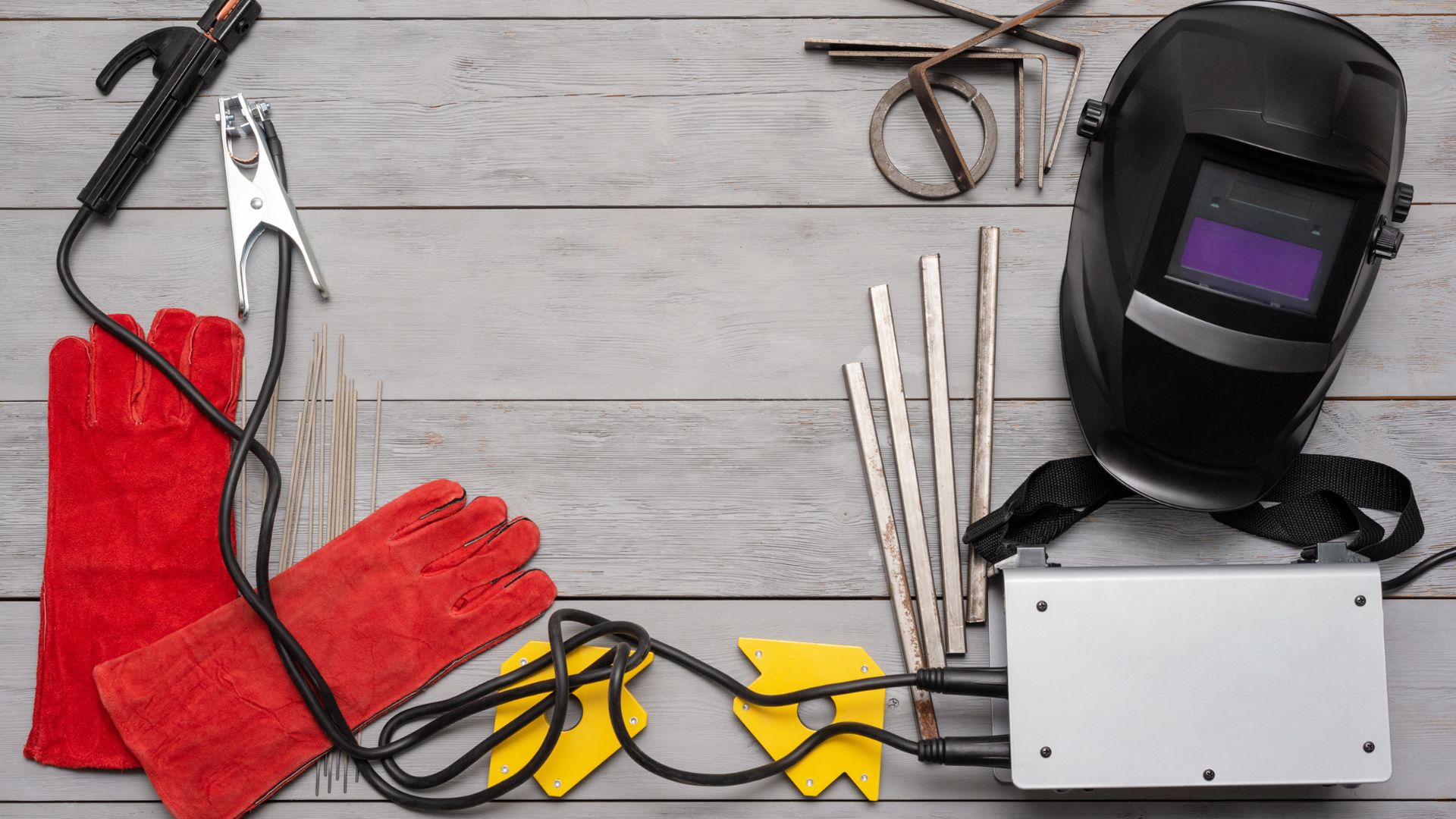The welding industry is continuously evolving, driven by advancements in technology and the increasing demands for precision, efficiency, and safety. The latest welding equipment on the market reflects these trends, offering innovative solutions that cater to a wide range of applications. This article provides an overview of some of the newest welding devices and tools available, highlighting their features and benefits.
1. Advanced Multi-Process Welders
One of the most significant advancements in welding equipment is the development of advanced multi-process welders. These machines are designed to perform various welding techniques, such as MIG, TIG, and stick welding, within a single unit. This versatility is particularly beneficial for workshops that handle diverse welding tasks.
Key Features:
- Versatility: Capable of switching between different welding processes seamlessly.
- User-Friendly Interface: Equipped with digital displays and intuitive controls for easy operation.
- High Efficiency: Improved power efficiency and arc stability, resulting in better weld quality and reduced energy consumption.
2. Inverter-Based Welders
Inverter-based welders have become increasingly popular due to their lightweight, compact design, and superior performance. These welders use advanced electronics to convert power more efficiently, providing a stable arc and better control.
Key Features:
- Portability: Lightweight and easy to transport, making them ideal for on-site welding jobs.
- Energy Efficiency: Higher efficiency compared to traditional transformer-based welders, leading to energy savings.
- Precision Control: Enhanced arc stability and control, resulting in high-quality welds.
3. Automated Welding Systems
Automation is revolutionizing the welding industry, with robotic welding systems becoming more accessible and sophisticated. These systems are designed to perform repetitive welding tasks with high precision and consistency, significantly boosting productivity.
Key Features:
- High Precision: Consistent, high-quality welds with minimal human intervention.
- Increased Productivity: Capable of operating continuously, reducing production time and costs.
- Safety: Reduces the risk of injury by minimizing human exposure to hazardous environments.
4. Laser Welding Machines
Laser welding is gaining traction for its ability to produce precise, clean welds with minimal heat distortion. This technique is particularly useful for welding thin materials and intricate components.
Key Features:
- Precision: Extremely accurate and clean welds, suitable for delicate and high-precision applications.
- Speed: Faster welding speeds compared to traditional methods.
- Minimal Distortion: Reduced heat-affected zone, preserving the integrity of the welded materials.
5. Portable Welding Fume Extractors
Health and safety are paramount in welding operations, and the latest portable fume extractors address the need to minimize exposure to hazardous fumes. These devices are designed to capture and filter out harmful particles, ensuring a safer working environment.
Key Features:
- Portability: Compact and easy to move around, suitable for various workspaces.
- Efficiency: High-efficiency filters that capture a wide range of welding fumes and particulates.
- Compliance: Meets stringent safety standards for workplace air quality.
6. Digital Welding Helmets
Digital welding helmets are an essential tool for modern welders, offering enhanced protection and visibility. These helmets are equipped with auto-darkening filters and advanced sensors to adjust shading in real-time.
Key Features:
- Auto-Darkening Filters: Automatically adjust the lens shade based on the welding arc’s intensity.
- Comfort: Lightweight and ergonomic designs reduce strain during prolonged use.
- Enhanced Visibility: High-definition viewing areas provide clear, undistorted vision.
7. Plasma Cutting Systems
The latest plasma cutting systems offer improved precision and efficiency, making them ideal for cutting a variety of metals with minimal waste. These systems use a high-velocity jet of ionized gas to cut through conductive materials.
Key Features:
- Precision: Accurate and clean cuts with minimal slag.
- Speed: Faster cutting speeds compared to traditional methods.
- Versatility: Capable of cutting a wide range of metals, including steel, aluminum, and copper.
Conclusion
The welding industry is experiencing a wave of innovation with the introduction of advanced welding equipment and tools. From multi-process welders and inverter-based machines to automated systems and laser welders, these devices offer enhanced efficiency, precision, and safety. Additionally, portable fume extractors, digital welding helmets, and plasma cutting systems further contribute to the industry’s evolution, addressing the needs of modern welding professionals.
As technology continues to advance, we can expect even more groundbreaking developments in welding equipment, driving the industry forward and opening up new possibilities for manufacturing, construction, and repair applications. For welders, staying updated with the latest tools and technologies is essential to maintaining a competitive edge and ensuring the highest standards of quality and safety in their work.

